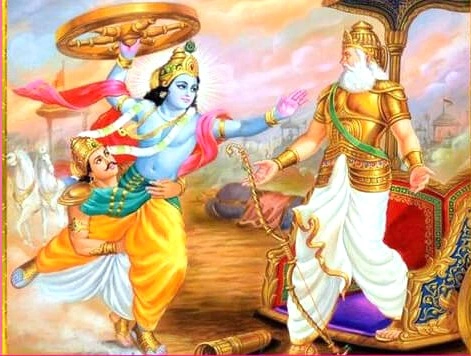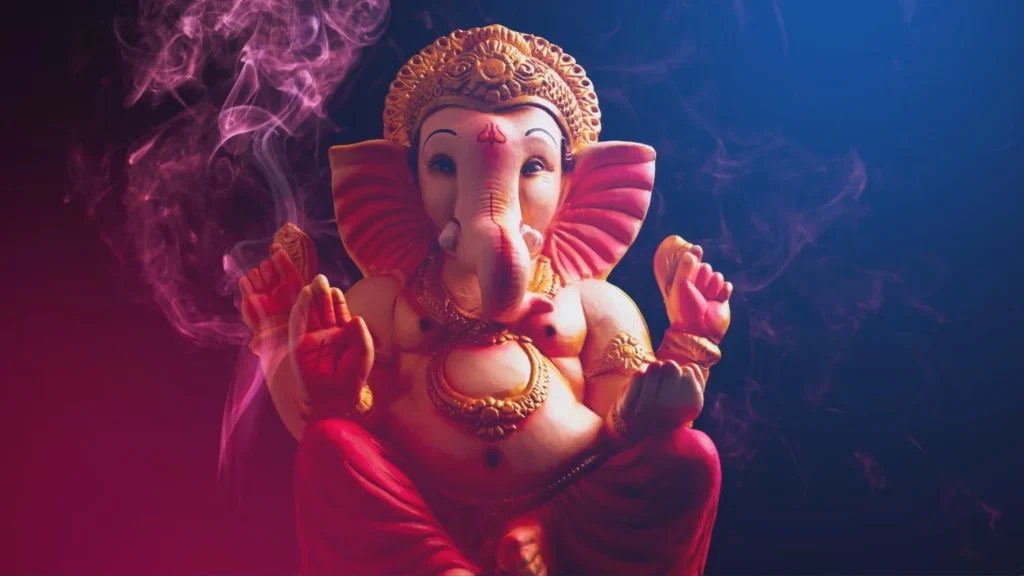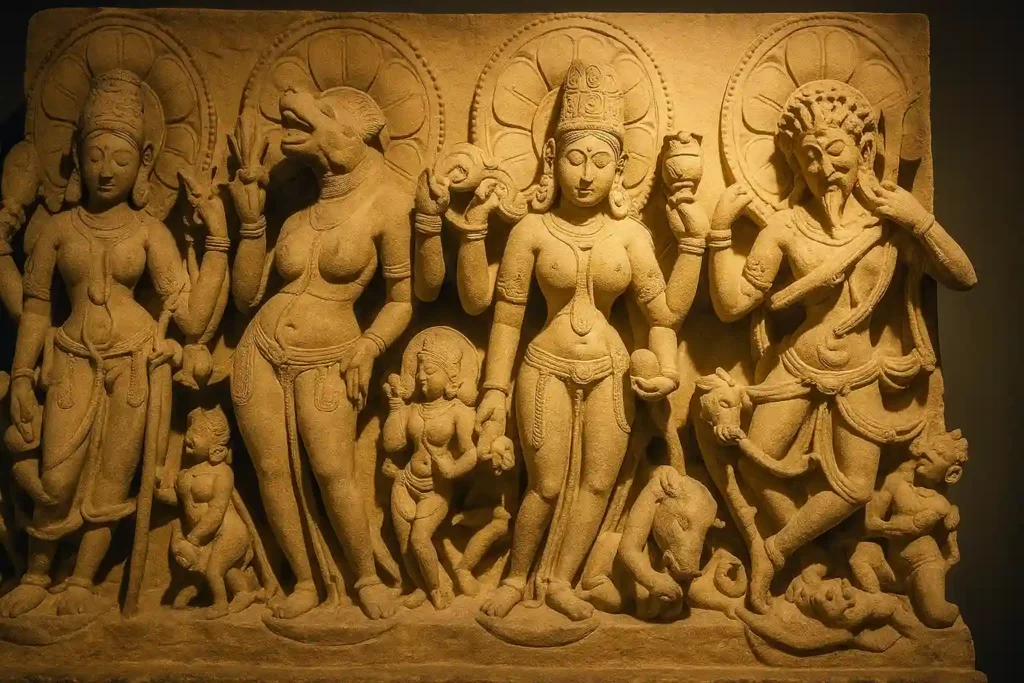
Table of Contents
What is Shaktism?
Origins of Shakti Worship in Odisha
How did Shaktism emerge and evolve in this region?
Although the worship of the feminine divine dates back to the Indus Valley Civilization, historians trace the documented beginnings of Shakti worship in Odisha to the 4th–6th century A.D. Specifically, the earliest known epigraphic reference appears in the Copper Plate Grant of King Tushtikara Deva, who actively worshipped the goddess Stambhesvari — a tribal guardian deity later integrated into the Shakta tradition.
Even today, villagers in tribal regions continue this age-old practice. They place wooden or stone idols under trees and carefully paint facial features to venerate them as guardian deities — thus preserving the spirit of ancient Shakti beliefs.Shakti Temples and Tantric Traditions in Odisha
Jajpur – Seat of the Biraja Temple
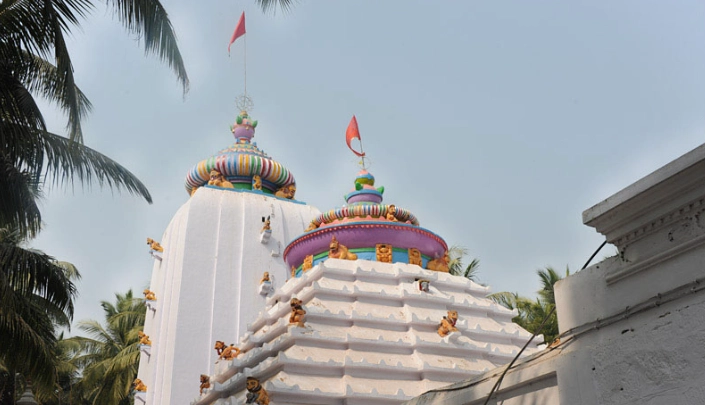
Bhubaneswar – The Esoteric Heart of Tantra
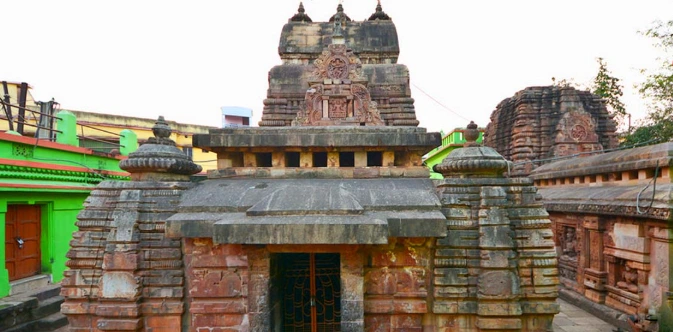
Khiching – Kichakeswari’s Ancient Domain

The Yogini Temples – Hirapur and Ranipur Jharial
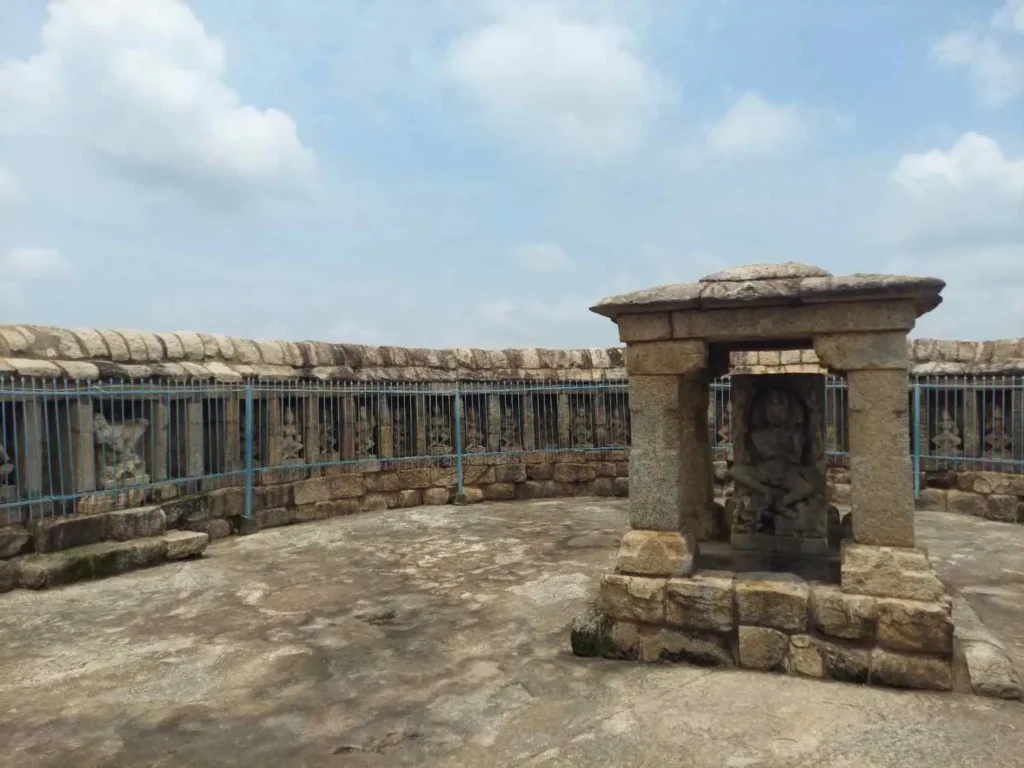
Iconography of the Sapta Matrikas
The Seven Mother Goddesses and Their Significance
The Sapta Matrikas — Brahmani, Vaishnavi, Maheshwari, Indrani, Kaumari, Varahi, and Chamunda — appear across Odisha in temples such as Parasurameswara, Vaitala, and Mukteswar. Moreover, these goddess groups were often accompanied by Ganesha and Virabhadra, thus representing a blend of tribal, Vedic, and tantric elements.
Interestingly, two distinct styles of depiction are observed:
- In the early period: The images are more symbolic, with fewer attributes.
- By the later Somavamsi period: They are shown holding babies in their arms, thereby emphasizing maternal aspects.
Varahi Temples in the Prachi Valley
Suppression and Transformation During the Ganga Rule
What changed with the rise of the Ganga dynasty?
Famous Shakti Temples in Odisha Today
A pilgrimage trail of divine feminine power and Shakti devotion.
- Biraja Temple – Jajpur
- Samaleswari Temple – Sambalpur
- Charchika Temple – Banki
- Sarala Temple – Jhankada
- Mangala Temple – Kakatpur
- Bhagabati Temple – Banpur
- Kichakeswari Temple – Khiching
These Shakti shrines are not just places of worship but living museums of Odisha’s spiritual evolution.
People Also Ask
Q1: What is the significance of Shaktism in Odisha?
Q2: Which is the oldest Shakti temple in Odisha?
Q3: What are the Sapta Matrikas?
Q4: Are there Tantric elements in Shakti worship in Odisha?
Q5: What is the importance of Yogini temples?
Conclusion
Indeed, the worship of Shakti in Odisha is more than a ritual; it’s a centuries-old tradition that mirrors the region’s deep respect for feminine power. Even though political shifts and dynastic changes occurred, Shaktism has endured — transforming in form, but never in spirit.
Whether you’re a pilgrim, a history lover, or a seeker of spiritual knowledge, Odisha’s Shakta heritage invites you to explore its sacred spaces, rich iconography, and mystical energy.
